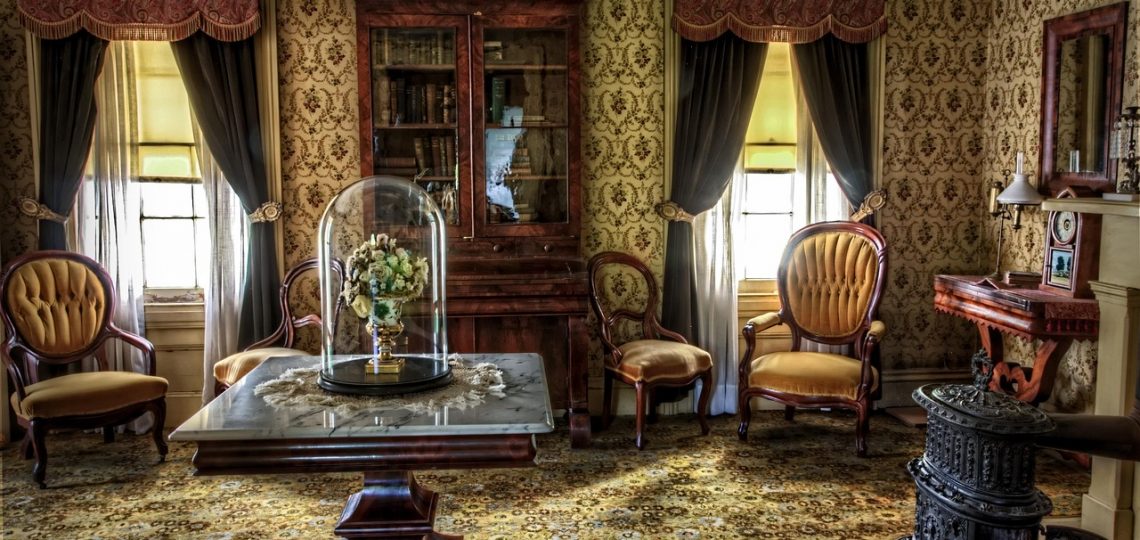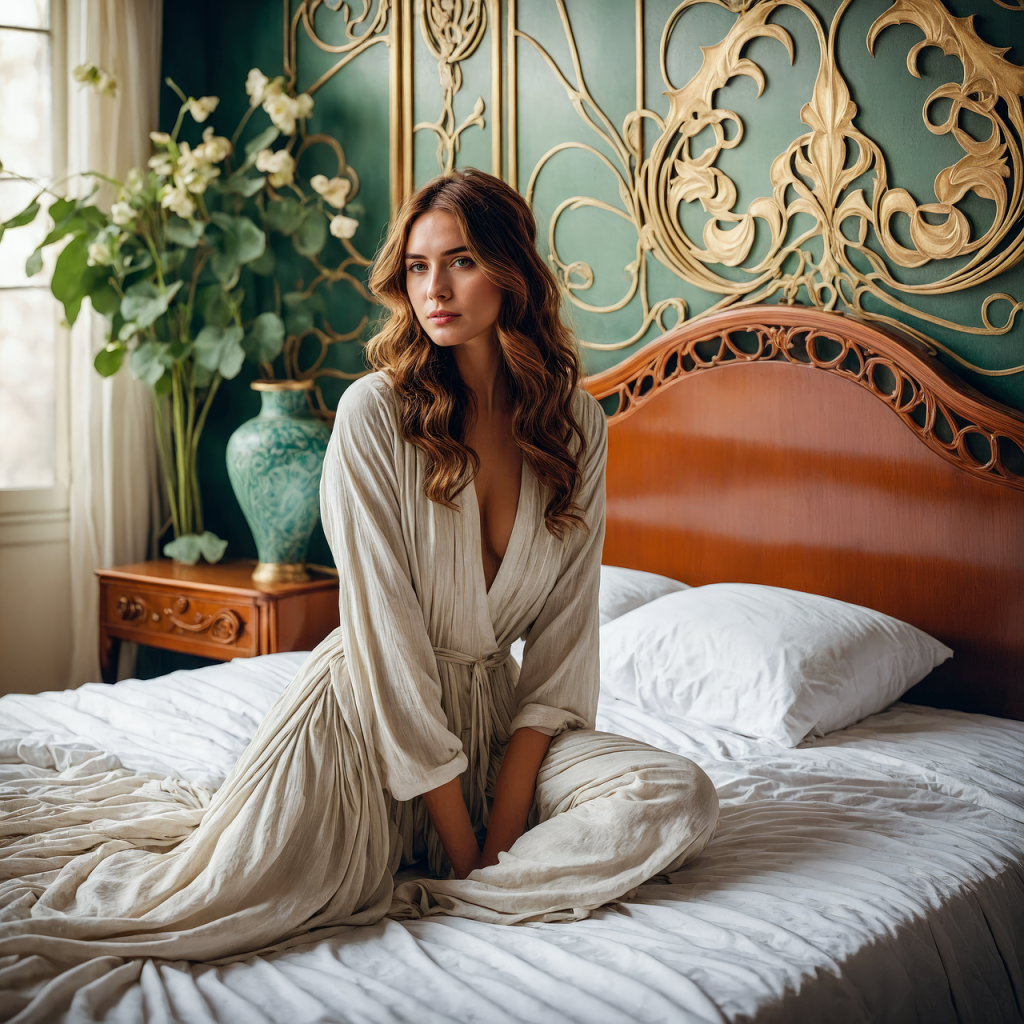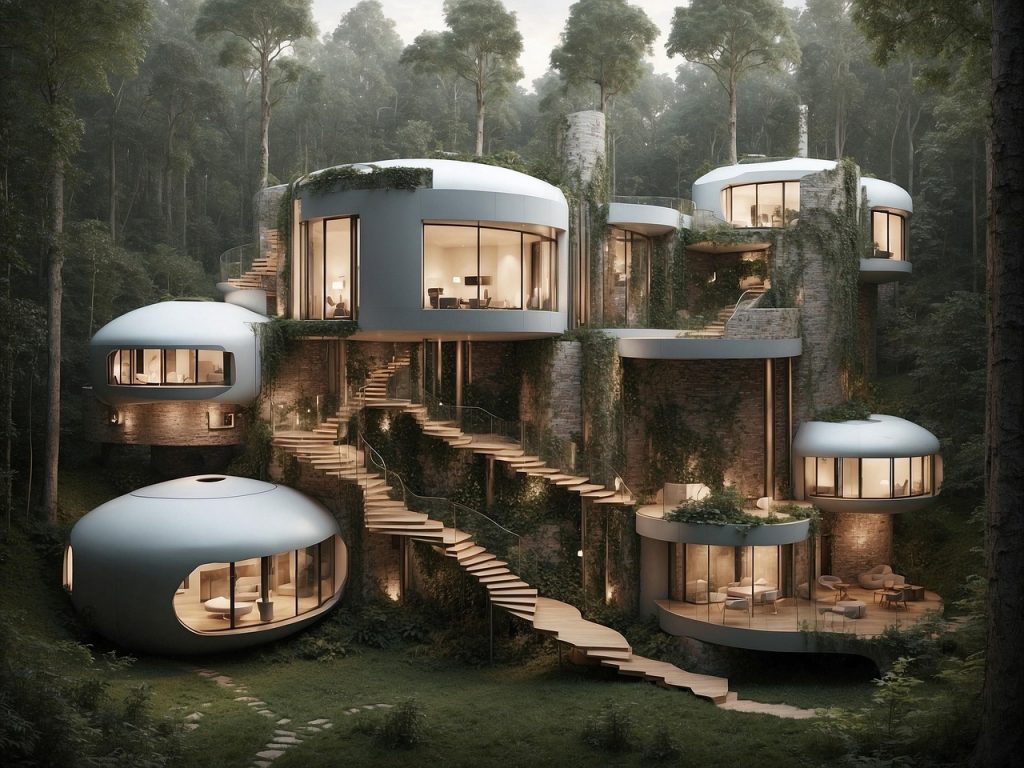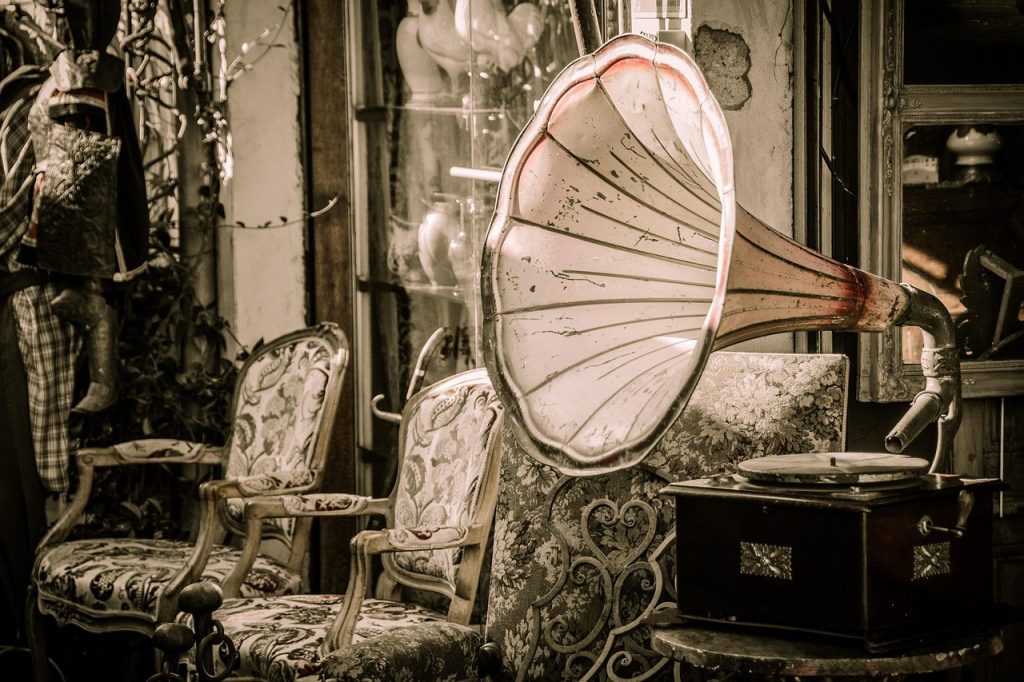
Vintage vs. Modern Furniture: How to Mix Styles
Introduction
Why Mixing Vintage and Modern Furniture Works
When decorating your home, it’s easy to fall into the trap of sticking with one style, but the magic happens when you blend different eras. One of the most exciting combinations is vintage and modern furniture. Mixing these styles can create a unique, personalized space that is both functional and stylish. But how do you find the right balance? How do you avoid creating a jumbled mess? In this article, we will guide you through the process of mixing vintage and modern furniture to create a cohesive and beautiful space.
What Defines Vintage Furniture?
Characteristics of Vintage Furniture
Vintage furniture is often defined as items that are over 20 years old but still retain a sense of timelessness. These pieces are typically made from high-quality materials and feature craftsmanship that is no longer commonly found in mass-produced modern furniture. Vintage furniture is known for its character, with each piece telling a story.
Common characteristics include:
- Rich Materials: Wood, leather, and metal are often seen in vintage furniture, with an emphasis on durability and quality.
- Intricate Detailing: Vintage pieces often feature intricate carvings, detailed finishes, and rich textures that give them personality.
- Handmade Craftsmanship: Many vintage furniture pieces were crafted by artisans, making them one-of-a-kind.

Popular Vintage Furniture Styles
- Mid-Century Modern: Known for its clean lines, geometric shapes, and functionality, this style from the 1940s to the 1960s is one of the most popular vintage styles today.
- Victorian: Characterized by ornate designs, intricate carvings, and luxurious materials like velvet, the Victorian era offers a more dramatic, vintage vibe.
- Art Deco: Combining elegance with industrial elements, Art Deco features bold patterns, metallic finishes, and luxurious materials, often from the 1920s and 1930s.
- Industrial: Emerging from the late 19th and early 20th centuries, industrial furniture pieces often showcase raw materials like exposed metal, distressed wood, and minimalist designs.
What Defines Modern Furniture?
Characteristics of Modern Furniture
Modern furniture, typically designed in the 20th century or later, is defined by its clean lines, simplicity, and functionality. It focuses on minimalism, where form follows function. The key to modern furniture is often comfort and ease of use, with an emphasis on space efficiency.
Modern furniture traits include:
- Sleek Lines: Furniture tends to have straight, clean lines with minimal decoration.
- Neutral Palettes: Colors like white, black, gray, and neutral tones dominate modern furniture.
- Functional Design: Items are designed with practical usage in mind, from modular storage to ergonomic seating.
Key Modern Design Trends
- Minimalism: Furniture with simple shapes and minimal ornamentation, focusing on functionality and space optimization.
- Neutral Colors: Shades like gray, beige, and white are common in modern design.
- Sustainable Materials: Modern furniture often uses eco-friendly materials such as recycled wood, bamboo, or metal.
Why Mix Vintage and Modern Furniture?
Benefits of Mixing Styles
The fusion of vintage and modern furniture can create a dynamic, unique environment. Mixing these two styles allows you to incorporate the elegance and charm of vintage pieces while enjoying the clean, functional lines of modern designs.
By blending both, you:
- Avoid a Homogeneous Look: A purely modern or purely vintage room can feel too “one-note.” Mixing styles allows you to break up monotony and add variety.
- Showcase Personality: Your style can be an expression of personal taste, and mixing vintage with modern allows you to incorporate different aspects of your identity.
- Create a Balanced Atmosphere: The contrast between the traditional and contemporary can evoke harmony in a room.
How it Enhances Your Home’s Aesthetic
Combining vintage and modern furniture elevates your home’s aesthetic by creating an eclectic, lived-in look. While modern furniture can feel cold or impersonal on its own, vintage pieces add warmth, texture, and a sense of history. The blending of old and new also makes a space feel more inviting and full of character.

Tips for Mixing Vintage and Modern Furniture
Start with a Neutral Base
Begin your design with a neutral color palette. Modern furniture often uses neutral tones, so it’s easy to create a cohesive foundation. By painting your walls in soft tones like beige or gray, you allow the vintage pieces to pop without overwhelming the space.
Contrast Textures and Materials
Don’t be afraid to mix materials! Pair a sleek, modern leather sofa with an antique wooden coffee table. Or contrast the cool, clean lines of modern chairs with the plush, vintage fabrics of a rug or curtain. Mixing textures creates visual interest and balance.
Focus on Focal Points
Choose standout pieces that will draw attention, like a vintage armchair or an industrial-style bookshelf. These pieces can become the focal point of the room, around which you can arrange modern pieces to complement and balance them.
Use Vintage as Accents
You don’t have to fill your entire home with vintage pieces. Instead, use them as accent pieces to complement modern designs. A vintage lamp, for example, can bring character to a modern living room, while a vintage mirror can add charm to a sleek, minimalist hallway.
Don’t Overdo It: Balance is Key
While mixing vintage and modern furniture can be exciting, it’s important not to go overboard. Keep the balance between the two styles so that no one piece dominates the room. Aim for harmony, rather than chaos.
Examples of Mixing Vintage and Modern Furniture
Living Room Mix
In the living room, pair a sleek modern sofa with vintage-style armchairs or a retro coffee table. The mix of old and new creates a balanced aesthetic without feeling disjointed.
Bedroom Harmony
Combine a modern platform bed with vintage bedside tables. Pair it with vintage lamps or artwork for a harmonious balance of eras.
Dining Room Delight
Pair a modern dining table with vintage dining chairs for an intriguing contrast. Alternatively, a classic vintage buffet can be the perfect complement to modern chairs and lighting.
Conclusion
Embrace Both Worlds
Mixing vintage and modern furniture is an art that, when done thoughtfully, creates an eclectic and unique environment. By blending the charm and character of vintage pieces with the clean lines and functionality of modern designs, you can create a space that reflects your personality, is visually appealing, and feels welcoming. Embrace the versatility of both styles to design a home that’s stylish, functional, and uniquely yours.

FAQs
- Can I mix any type of vintage and modern furniture?
- Yes, you can mix any vintage and modern pieces, but it’s important to ensure that they complement each other in terms of scale, color, and material.
- Should I focus on one style for my entire home?
- Not necessarily. You can create cohesive areas by mixing vintage and modern elements room by room. Just be sure to maintain balance in each